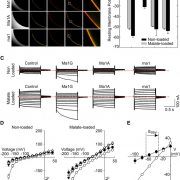
Malate Transport and Apple Tartness
Plant Physiology, Plant Physiology: On The InsideAcidity is a major contributor to apple (Malus domestica) fruit quality, including fruit overall taste and flavor. Organic acids collectively are responsible for acidity, but malic acid accounts for more than 90% of the total acid and largely controls apple fruit acidity. Most of the malic acid in apple…
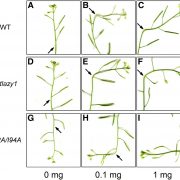
How to Make a LAZY Plant Weep
Plant Physiology, Plant Physiology: On The InsideThe LAZY gene family, discovered through the characterization of a rice (Oryza sativa) mutant with unusually wide tiller angles, encodes proteins that function in gravitropism. Gravitropism begins with a perception process that ultimately causes a difference in the cell elongation rate across the…

The Evening Complex of the Circadian Clock and Chromatin
Plant Physiology, Plant Physiology: On The InsideThe circadian clock generates endogenous biological rhythms with periods of ~24 h. Circadian transcription allows the molecular anticipation of the environmental cycles, which improves plant fitness and adaptation. Consistent with its adaptive function, the circadian clock is subject to multiple layers…
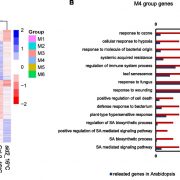
Low Temperature Enhances Plant Immunity
Plant Physiology, Plant Physiology: On The InsideAmbient temperature within the normal range of plant growth influences both pathogen virulence and host immune response. Plants rely on multilayered and multibranched immune systems to fight off pathogens. Plant immune responses are regulated by multiple plant hormones including salicylic acid (SA),…
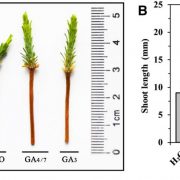
Far-Red Light and Gibberellin Signaling in Pine
Plant Physiology, Plant Physiology: On The InsideShade-intolerant plants sense surrounding light competitors and respond rapidly with shade-avoidance responses (SARs), including elongation of the stem, hypocotyl, or petiole. Far-red light (FR) is known to be an important light cue during this process. Gibberellins (GAs) are known to play an important…
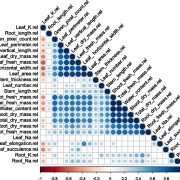
Salinity Responses of Galapagos Tomatoes
Plant Physiology, Plant Physiology: On The InsideHigh soil salinity affects the growth and development of plants, thus reducing crop yields. The wild relatives of modern crops often have adaptations to environmental stressors, and the alleles underlying these adaptations represent a rich source of genetic material that can be explored to improve environmental…
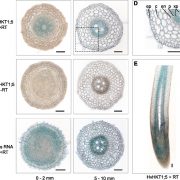
A Na+ Transporter Negatively Regulates Salt Tolerance
Plant Physiology, Plant Physiology: On The InsideAmong cereal crops, barley (Hordeum vulgare) is the most salt-tolerant species and is widely used for salt-tolerance studies. Recently, a genome-wide association study on 2,671 barley genotypes showed that single nucleotide polymorphisms from HvHKT1;5, a member of the high-affinity K+ transporter (HKT)…
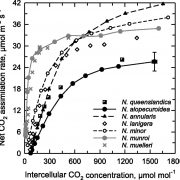
Insights into the Evolution of C4 Photosynthesis in the Grasses
Plant Physiology, Plant Physiology: On The InsideMost evidence supports the idea that the C4 photosynthetic pathway arose via a series of innovations that initially enabled plants to refix a large fraction of photorespired CO2 via the shuttling of Gly from the mesophyll (M) to a sheath of cells surrounding the vascular tissue, where the Gly is decarboxylated.…
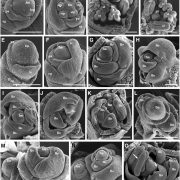
The Functions of Retinoblastoma-Related Proteins in Rice
Plant Physiology, Plant Physiology: On The InsideRETINOBLASTOMA was originally identified as a tumor suppressor gene in animals. A basic and core function of its protein is to control cell proliferation via regulating cell cycle entry. RB protein is also involved in regulating cell differentiation and organ specification. In plants, RBR (RB-Related)…

